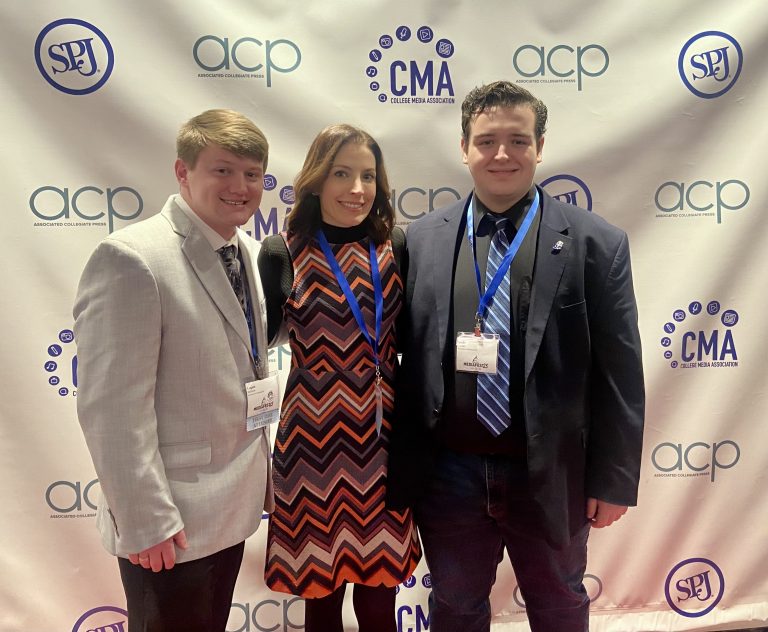With NCAA college basketball tipping off this month, and student athletes being paid more than ever through name, image and likeness deals (or NIL), it is important to evaluate the effect those deals have on collegiate sports. In my opinion, student athletes should have the opportunity to earn money from making deals with brands, and NIL has done more good than bad for collegiate sports—but it needs more regulations.
One of the qualms I have heard people have with NIL is that student athletes are making way too much money for amateur sports. While it is true that some student athletes have amassed huge sums of money from deals, it is not simply handed to them—they earn it. According to Sports Illustrated, Louisiana State University basketball star Flau’jae Johnson, who is also an aspiring rapper, was able to sign a record deal with entertainment agency Roc Nation, which before NIL would have cost her her eligibility to be a college athlete.
Along with the complaint about student athletes making “too much money,” I have also heard complaints that they should not be making NIL money when they already earn scholarships from the university they play for. According to ESPN, less than 60% of Division I athletes get scholarship money for playing sports. To me, it is silly that any student athlete— especially those playing at a high level and earning money for the NCAA through viewership—would also have to pay tuition out-of-pocket.
Another important aspect to note when looking at the positive impacts of NIL is the length of time student athletes are actually spending in college. According to ESPN, since student athletes are able to earn NIL money while they are in school, they may be less likely to turn to professional sports as quickly as they would have before NIL. Before NIL, student athletes had the option to earn no money and pay in order to continue with their sport or to turn pro and earn money—The choice seems obvious to me. However, with NIL giving student athletes the opportunity to earn money while in college, more student athletes have chosen to continue their education and finish their degree programs, according to ESPN. For student athletes on scholarship, the amount of NIL money, which is taxable income, they earn could affect the amount of financial aid they are eligible for, according to Sports Business Journal. An additional benefit to this is that the universities also have the additional chance to benefit from keeping their student athletes there longer.
A valid concern about NIL, specifically when it comes to women’s sports, is if some student athletes choose to go pro, they will actually be losing money as they were making so much from NIL. For example, LSU basketball star Angel Reese is currently worth $1.7 million in NIL deals, but could only make a maximum salary of $75,000 when she goes to the WNBA, according to Sports Illustrated. While this is certainly discouraging, I do not think the problem lies in NIL. As a result of the deals Reese has been able to make through NIL, she has become a huge name in the sports world. NIL only grows the game of women’s basketball in and of itself, which in turn would hopefully go on to increase WNBA viewership and therefore salaries.
One of the “gripes” that I genuinely agree with about NIL is how there is no uniformity. According to athlete recruiting platform Next College Student Athlete, the NCAA made an interim policy in 2021—which still stands—which gives individual states the right to decide NIL laws for their state. This means there is not one universal law that governs every student athlete in the United States, but rather individual laws that change from state to state. I think it is important for the NCAA to eventually develop a ruling that will make all NIL laws the same for all college athletes, but athletes’ rights to NIL deals are still relatively new. Before 2021, student athletes could not make money from their name, image and likeness at all, so there has definitely been movement in the right direction, even if there is still work to be done.
Overall, I think NIL does more good than bad for student athletes and collegiate athletics as a whole. The system can certainly be improved and regulated more, but for where it is at right now, it still has a positive impact on student athletes.





